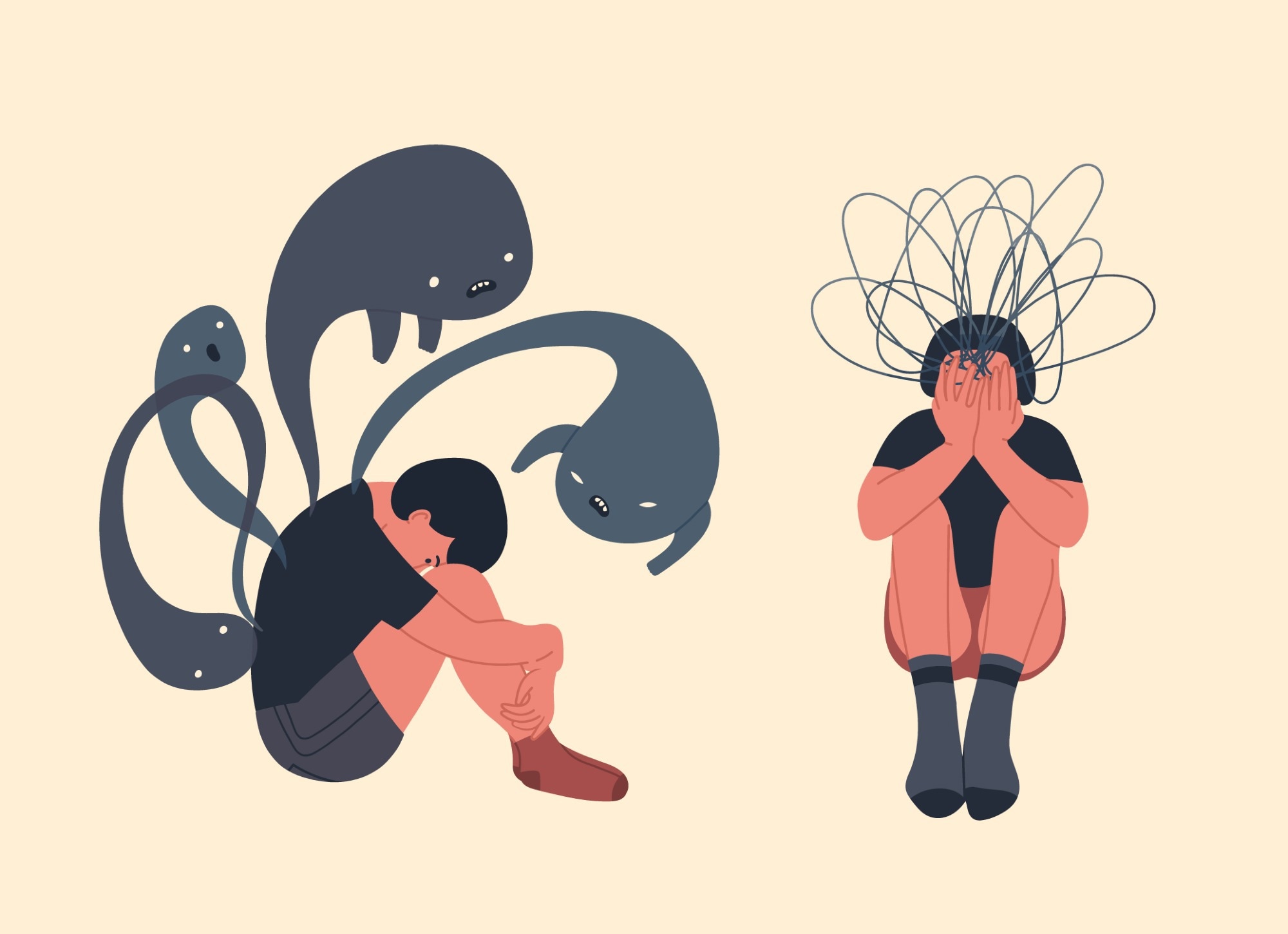Murals have been popping up in urban areas across the world at a record rate in the last decade. With the popularity of Instagram and selfies, it seems that every new restaurant, hotel, mall, and apartment complex wants a unique signature wall to make their spot suddenly Insta-famous. But the benefit of murals goes beyond just what meets the eye, and has a deep impact on businesses and communities in sometimes unexpected ways.
Murals actually decrease traffic accidents
Have you ever slowed down while driving to take a look at a mural on a nearby building? Even if it is very slight, driversslow down when art is surrounding the road, and this reduction in speed has a surprisingly significant effect on lowering car accidents. Bloomberg’s Philanthropic Division did a recent study on the effect of mural art on traffic accidents in cities. The study showed that parts of cities with murals saw a 50% drop in car crashes involving pedestrians or cyclists, and a 30% increase in the rate of drivers yielding to pedestrians. It also correlated a nearly 40% drop in car crashes leading to injuries when there was street art present in the area. Murals on the street or pavement itself are effective, just as are murals on nearby buildings. It’s a surprising fact, but many lives have been saved due to the presence of street art near busy intersections.
Murals decrease crime and theft
Murals transform neighborhoods and communities, and stimulate the local economy. My own neighborhood, Bushwick, Brooklyn, was completely revitalized (some would say gentrified) by the initiatives of mural artists throughout the neighborhood. In the late 70s into the 90s, Bushwick was considered so dangerous that police rarely entered the neighborhood. Now, due to the incredible outdoor art gallery of ever-changing murals throughout Bushwick, there are hundreds of international tour groups that travel specifically to see the art, and the neighborhood has become a hub for artists of all kinds, with wonderful restaurants and cafes opening to support the thriving community.
Murals in alleys can transform a place where crimes often happen into a well-lit and well-frequented destination. There have been several successful initiatives in Los Angeles and Chicago to paint murals in alleys to alleviate crime and make the neighborhood safer. Freeman’s Alley is a famous example in New York Cityof a dark alley that has transformed into a destination for artists and art lovers.
Murals create pride among residents, and beautifying public spaces inspires people to take better care of their neighborhood and each other. Just as the broken window theory states that the simple act of leaving a broken window unrepaired creates a negative downward spiral in a community which results in more crime, the opposite is true of creating murals, which creates a positive upward trend in a community. When people are surrounded by beauty and care, they naturally care more for their environment and each other, and murals are a perfect way to bring beauty into any urban landscape.
Public art projects that involve local residents or school children to collaboratively paint the mural are an incredible way to foster pride and community bonds. I have myself facilitated several community murals, and when people are physically involved in painting the mural, even for thirty minutes or an hour, they feela lasting sense of belonging and connection to the area where the mural is installed. Creativity is probably the most essential human activity, and when done with a group of people to beautify a shared space, it forms a deep bond among everyone involved. I believe every school should have their students create a mural in their classrooms at the start of the year, as the results of the murals I have guided have been so incredible.
Murals Affect Individuals Through Color Therapy
Have you ever passed a work of art and suddenly felt better about your day, like a ray of sun just appeared? This is a very common effect of seeing art, due to the impact that color has on the human mind and body. Many of us don’t spend enough time outside in nature or even in sunlight, and we are surrounded by the neutral white, grey, and beige interiors of office buildings. Humans are genetically predisposed to respond positively to color—from our hunter-gather heritage on the lookout for fruits, berries, and water, we are stimulated and soothed by seeing color in our environments. Murals and street art bring the colors of nature back into often dismal and monochromatic industrial areas. I have personally received hundreds of messages over the past few years of people who felt their day change for the better after seeing my murals on their way to work or home. The world is constructed of different wavelengths of sound and light, and color and music are the two frequencies that affect our daily lives. Murals have a greater effect than we consciously realize on the quality of our thoughts and our stress levels as we move through our cities.









